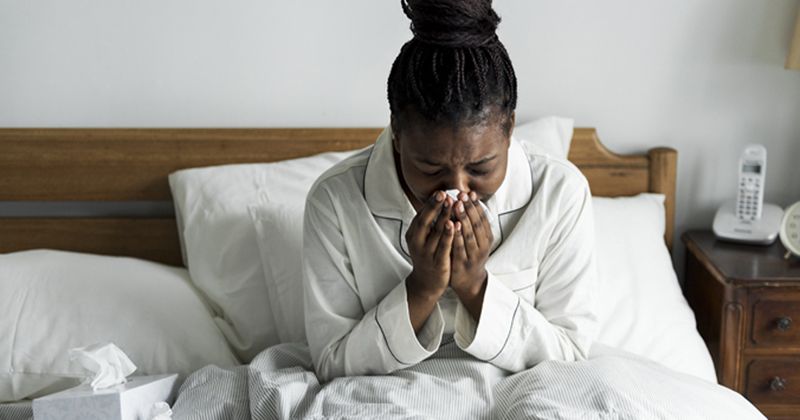More than 1 in 20 US adults have had long COVID, CDC survey finds
Key takeaways:
- A CDC survey found that 6.9% of adults infected with SARS-CoV-2 have experienced long COVID.
- Women are more likely to have long COVID, as are adults aged 35 to 49 years.
In 2022, more than one in 20 adults in the United States reported ever having long COVID, with women more likely than men to report lingering COVID-19 symptoms months after infection, a CDC survey found.
“People who have had COVID-19 may continue to have symptoms or develop new symptoms months after being infected with SARS-CoV-2,” Dzifa Adjaye-Gbewonyo, PhD, and colleagues from the CDC’s National Center for Health Statistics wrote. “This can lead to long-term health and economic impacts on those affected and on society.”

Other research has shown that long COVID conditions can persist for as long as 2 years and are significantly more likely if a person has been hospitalized with COVID-19. The risk for long COVID declines, however, for nonhospitalized patients roughly 6 to 19 months after recovery.
Studies have also suggested that as many as 10% of people who have been infected with SARS-CoV-2 experience long COVID symptoms, although the prevalence has decreased over the last year.
Although there are no specific treatments for long COVID, the NIH in July launched two clinical trials testing potential treatments and the agency has said it plans to launch trials for at least seven more treatments later this year.
Adjaye-Gbewonyo and colleagues analyzed data from 27,651 participants in the 2022 National Health Interview Survey and found that 6.9% of adults had ever experienced long COVID, and 3.4% had long COVID at the time of their interview.
Among all participants, women were more likely than men to have long COVID (8.5% vs. 5.2%), whereas adults aged 35 to 49 years were most likely to have experienced long COVID (8.9%), followed by adults aged 50 to 64 years (7.6%), adults aged 18 to 34 years (6.9%) and adults aged 65 years and older (4.1%).
White non-Hispanic adults and Hispanic adults were most likely to experience long COVID, and Asian non-Hispanic adults were least likely to have long COVID.
Long COVID also was more likely to be reported in families with income between 200% and 399% of the federal poverty level than in families with income equivalent to 400% of the federal poverty level and above.
Additionally, adults living in nonmetropolitan and small metropolitan areas were more likely than adults living in large central metropolitan areas to experience long COVID, according to the analysis.

